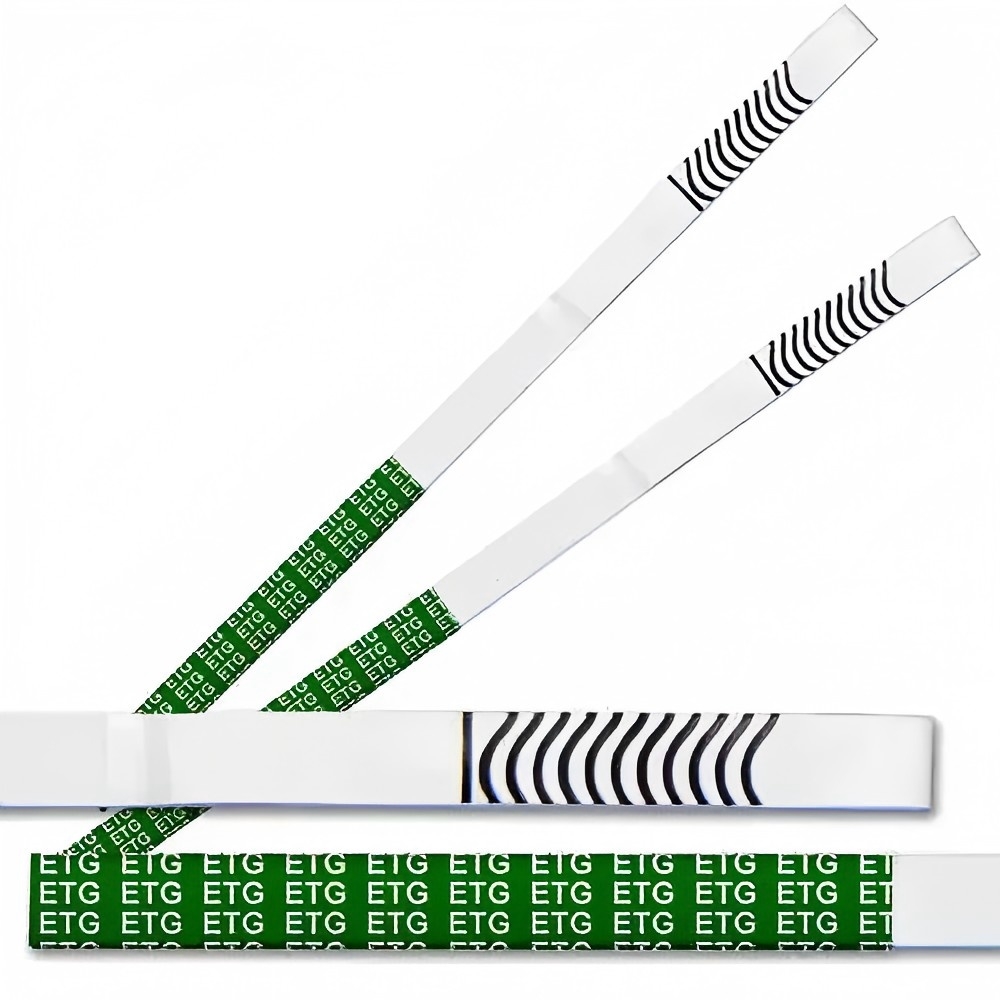Factors Influencing Drug Detection Times
Biological and Personal Factors
The duration drugs remain detectable in the body can vary greatly due to individual biological and personal factors. Metabolism rate, body mass, age, hydration level, and overall health significantly influence detection times. For instance, a person with a faster metabolism will likely eliminate drugs more quickly than someone with a slower metabolism. Additionally, individuals with higher body fat percentages may retain drug metabolites longer. It's important for drug testing manufacturers and suppliers to consider these variances when developing and custom testing solutions.
Drug-Specific Characteristics
Different drugs have unique characteristics that affect how long they stay detectable in the body. For example, fat-soluble drugs like THC from marijuana linger longer than water-soluble drugs because they accumulate in fatty tissues. Understanding these differences is crucial for healthcare providers and testing manufacturers to provide accurate assessments and customize testing protocols.
Various Types of Drug Tests and Their Sensitivity
Urine Testing
Urine testing is the most common method due to its non-invasive nature and quick results. Most drugs can be detected in urine for several days to weeks, depending on frequency of use and individual factors. Customization of sensitivity levels in urine tests is often required to meet specific needs of employers or law enforcement agencies.
Blood Testing
Blood tests offer a shorter detection window, typically a few hours to days, making them useful for detecting recent drug use. Given their invasive nature, they're often reserved for medical or legal situations requiring high accuracy. Suppliers must ensure the precision of blood test kits for these critical applications.
Saliva and Sweat Testing
These methods detect drug use within hours to a few days. They're less invasive and effective for identifying recent use. Custom saliva test kits can be tailored for workplace settings due to their ease of use and rapid results.
Hair Testing
Hair tests provide the longest detection window, up to 90 days, as drugs become trapped in hair shafts. This makes them ideal for monitoring chronic use. Manufacturers must account for potential variability in hair growth rates and environmental factors when designing test kits.
Understanding Drug Half-Life and Its Impact
Defining Half-Life
The half-life of a drug is the time it takes for its concentration to reduce by 50% in the body. This parameter is critical for determining how long a drug remains effective and detectable. For instance, a drug with a half-life of 12 hours will become significantly less concentrated over 1-2 days.
Implications for Testing
Drugs with longer half-lives, such as certain benzodiazepines, remain in the system longer and are detectable for extended periods. Custom test solutions can be developed to target specific drugs with known half-lives, ensuring accurate detection for employers and healthcare providers.
Common Drugs and Their Detection Periods
Marijuana
THC, the psychoactive component of marijuana, can be detected in urine for up to 30 days in regular users. Hair tests can reveal usage for up to 90 days. Customization allows manufacturers to provide marijuana-specific test kits to meet workplace and legal requirements.
Opioids
Opioids like morphine and codeine are typically detectable in urine for 2-4 days, though chronic use can extend this period. Suppliers must design opioid test kits that consider these variable detection times.
Cocaine
Cocaine metabolites are usually detectable in urine for 2-3 days, but heavy use can extend this window. Manufacturers and suppliers offer specialized test kits to accurately detect cocaine abuse over different time frames.
Implications of Long Detection Windows
Workplace Testing
Long detection windows can be both a benefit and a challenge for employers. While they allow for the identification of chronic use, they may also result in positive tests long after impairing effects have subsided, raising fairness and privacy concerns.
Legal and Rehabilitation Settings
Extended detection windows are beneficial in legal and rehabilitation contexts, offering a reliable method to monitor compliance. Suppliers play a crucial role in providing tests that are both sensitive and specific enough to meet these needs.
Challenges with Detox Products and Claims
Effectiveness of Detox Products
Many detox products claim to expedite drug elimination, but their effectiveness remains unproven. Both manufacturers and suppliers must navigate a market flooded with unreliable products, emphasizing the need for scientifically backed testing solutions.
Regulatory Concerns
The lack of regulation in the detox product market poses a significant challenge. Custom drug testing solutions with proven accuracy are necessary, supported by strict compliance with industry standards to ensure reliability and safety.
The Role of Metabolism in Drug Elimination
Enzymatic Processes
Drugs are metabolized through various enzymatic pathways, which differ from person to person. These processes significantly impact how long drugs stay detectable. Suppliers must consider these metabolic variations when creating test kits for diverse populations.
Influence on Detection Times
The rate of metabolism affects detection times, with faster metabolizers clearing drugs more quickly. Customized tests that account for metabolic variability can enhance accuracy in drug testing programs.
The Impact of Chronic Use on Detection
Accumulation in the Body
Chronic use leads to drug accumulation, resulting in prolonged detection times. For instance, regular cannabis users may test positive long after cessation. Manufacturers must develop test kits that accurately reflect extended detection periods without false positives.
Challenges for Testing Protocols
Chronic use complicates testing protocols, necessitating customized testing strategies. Suppliers are tasked with balancing sensitivity and specificity to avoid misinterpretation of results in regular users.
Synthetic Drugs and Their Testing Complexities
Variability in Composition
Synthetic drugs, like synthetic cannabinoids, vary greatly in composition, leading to unpredictable detection patterns. Manufacturers must continuously update testing solutions to cover a broad spectrum of synthetic drug variants.
Implications for Testing Accuracy
The dynamic nature of synthetic drugs challenges the accuracy of standard tests. Collaboration with suppliers enables the customization of test kits to adapt quickly to emerging synthetic substances.
Preparing for Drug Testing and Seeking Help
Understanding Detection Times
For individuals facing upcoming drug tests, understanding how long drugs remain detectable is crucial. This knowledge helps mitigate anxiety and informs preparation strategies.
Importance of Professional Guidance
Seeking professional advice is essential for those concerned about drug testing outcomes. Custom drug testing solutions provided by reliable manufacturers and suppliers offer guidance and support in navigating challenging situations.
Hysen Provide Solutions
Hysen offers tailored drug testing solutions to meet diverse needs across various industries. Our custom test kits are designed to consider individual metabolic differences, chronic usage patterns, and the complexities of synthetic drugs. Partnering with Hysen ensures access to accurate, reliable testing methods, supported by comprehensive professional guidance. Whether for workplace compliance, legal monitoring, or personal assurance, our solutions provide peace of mind and clarity in drug detection assessments.
User hot search: High Accuracy Drug Test
Post time: Jul-25-2025
















